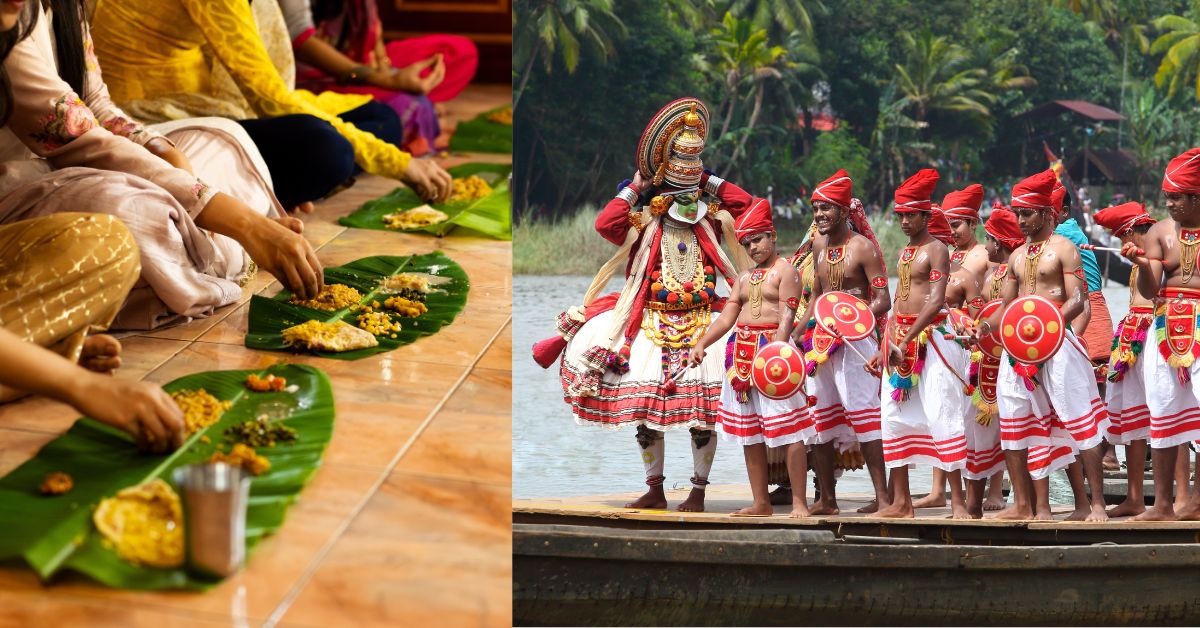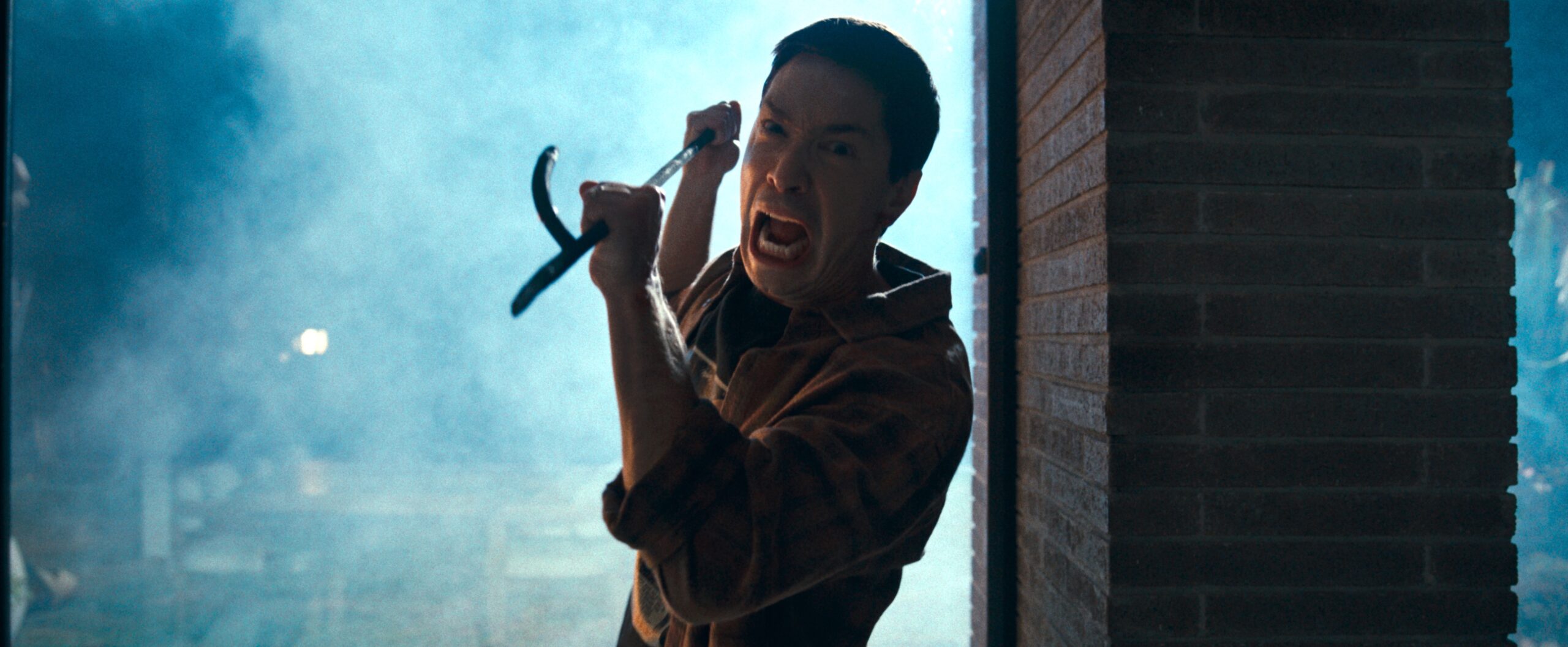Onam is often celebrated through its grandest highlight — the Onam Sadya, a lavish vegetarian feast served on banana leaves and enjoyed with family and friends.
But beyond the kitchens where the Sadya takes centre stage lies an equally vibrant world of rituals, performances, and traditions. From Pulikali’s tiger dance and Kummatti Kali’s colourful masks to the rhythm of folk songs and the grandeur of Vallamkali boat races, these customs together weave the cultural tapestry of Kerala’s beloved festival.
Let’s explore the lesser-known, yet mesmerising rituals that encapsulate the spirit of Onam.
Pulikali: The dance of the tigers
One of the most striking traditions of Onam is Pulikali, or the Tiger Dance. Tracing its roots back nearly 200 years, this folk art sees performers painting their bodies in vivid colours to resemble tigers.
Guided by the beat of drums, these ‘tigers’ prowl the streets, captivating onlookers with fierce expressions and energetic movements.
More than just a spectacle, Pulikali is a living expression of Kerala’s artistic heritage. The tiger motif symbolises bravery, vigour, and fertility — qualities deeply embedded in cultural memory and celebrated through this vibrant performance.
Advertisement
In Pulikali, performers painting their bodies in vivid colours to resemble tigers.
Kummatti Kali: The dance of masks
A stark contrast to the fierce energy of Pulikali, Kummatti Kali brings a more whimsical side to Onam. Celebrated mainly in central Kerala, this lively mask dance features performers in intricately carved wooden masks and colourful grass skirts.
Here, mythological characters spring to life, delighting both children and adults with their playful presence. Moving from house to house, the dancers narrate stories through expressive gestures and rhythmic steps, often accompanied by folk songs.
Beyond its entertainment, Kummatti Kali helps preserve Kerala’s oral traditions, keeping alive the tales and artistry passed down through generations.
Kummatti Kali adds whimsy to Onam, with dancers wearing wooden masks and colourful grass skirts.
Folk songs: Onappaattu
During Onam, the air is filled with the melodies of centuries-old folk songs. Known as Onappaattu, these songs are both celebratory and nostalgic, offering a lyrical glimpse into Kerala’s agrarian way of life.
Traditionally sung by women, they evoke themes of bountiful harvests, the joy of togetherness, and reflections on community and tradition.
Onappaattu often accompanies the making of Pookalams — the intricate flower carpets that adorn homes and symbolise harmony. As much as Onam is celebrated through rituals and feasts, it truly comes alive in the symphony of voices that echo across villages and towns.
Advertisement
Vallamkali: The magnificent boat races
A spectacle of speed, synchrony, and spirit, the snake boat races — or Vallamkali — are among the most iconic traditions of Onam.
Held on Kerala’s serene backwaters, the races feature long, graceful boats adorned with silk umbrellas, their oarsmen rowing in rhythm to the stirring Vanchipattu boat songs.
More than a contest of strength, Vallamkali is a tribute to teamwork and camaraderie, with each oarsman moving in perfect harmony. On the banks, the energy is electric as crowds cheer on their favourites, their enthusiasm heightening the festive spirit.
While the Sadya remains a cherished highlight, it is these living traditions that invite us to look deeper, celebrate broadly, and immerse ourselves in the true essence of Onam.







